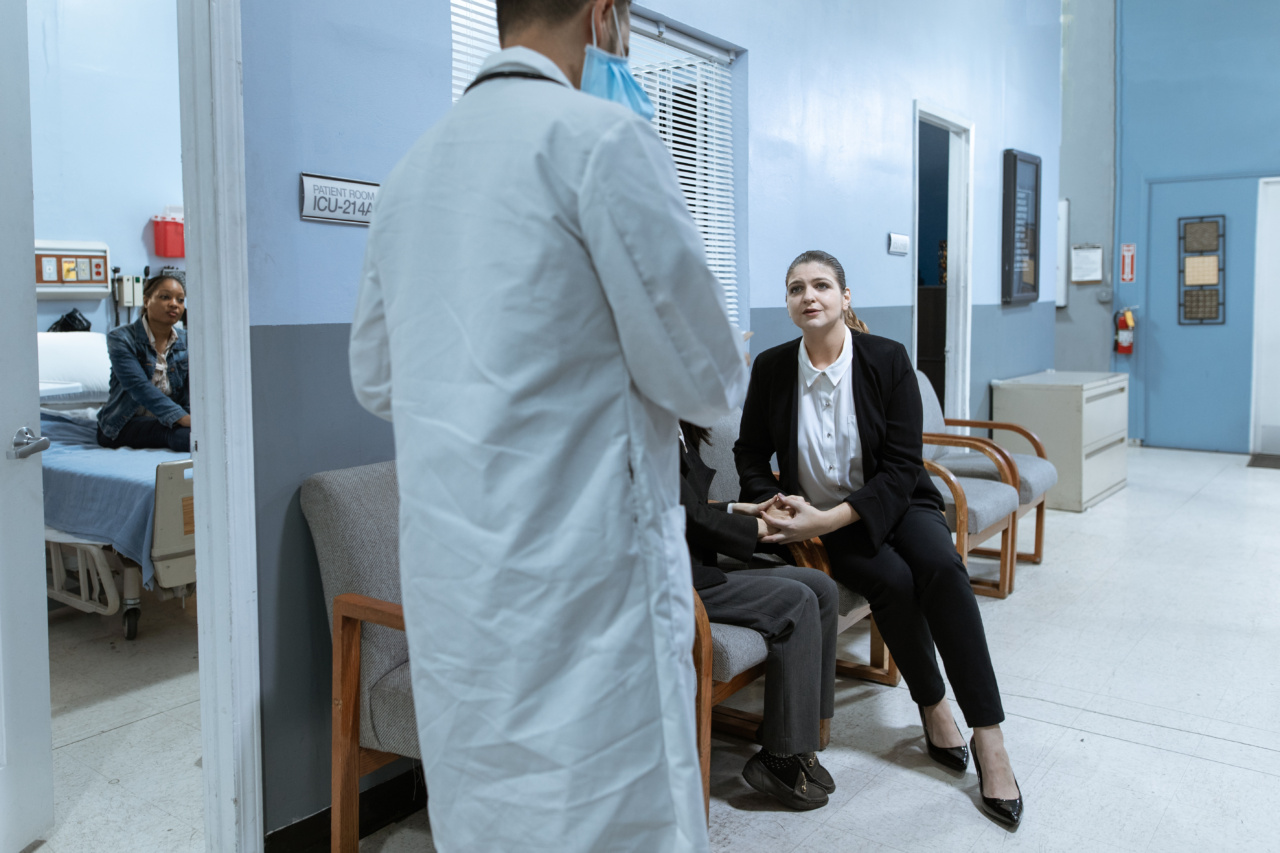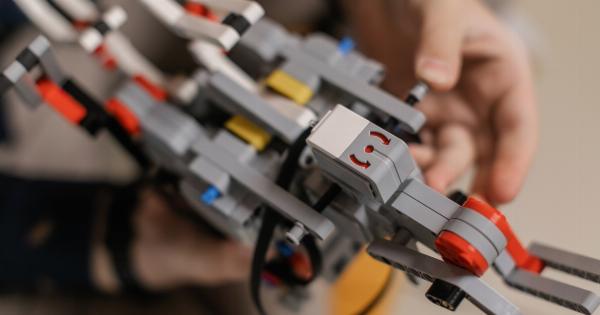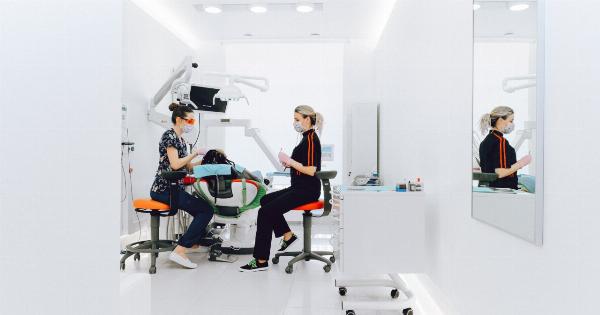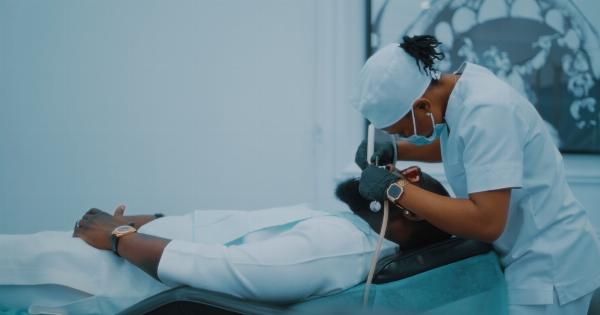In a groundbreaking development, a team of medical researchers and neurologists has achieved a remarkable feat by offering movement to 13 patients living with complete paralysis.
This innovative treatment approach shows immense promise, creating new possibilities and renewed hope for those who have long endured the challenges associated with paralysis.
Understanding Paralysis
Paralysis is a devastating condition that affects millions of people worldwide. It results in the loss of muscle function and control due to damage to the nervous system.
Individuals living with complete paralysis are unable to voluntarily move any part of their body below the level of injury, leading to profound physical limitations and a significant impact on their quality of life.
The Paralysis Treatment Breakthrough
Researchers have been tirelessly working to find ways to restore movement in individuals with paralysis.
A recent study published in a renowned medical journal unveils an innovative treatment approach that has successfully enabled 13 patients to regain varying degrees of voluntary movement.
The Research and Development Process
The medical breakthrough is the result of years of extensive research and development. The team of scientists and neurologists worked collaboratively to explore new avenues for paralysis treatment.
They focused on the use of neuron-implant interfaces to bridge the gap between the brain and muscles.
Neuron-Implant Interfaces: A Game-Changing Technology
The core of this groundbreaking treatment approach lies in the development of neuron-implant interfaces. These interfaces establish a direct connection between the brain and muscles, bypassing the damaged or non-functioning areas of the nervous system.
How the Treatment Works
The treatment procedure involves implanting tiny electrodes into the brain’s motor cortex, the region responsible for controlling movement.
These electrodes serve as a communication channel, transmitting signals from the brain to the corresponding muscles. Simultaneously, a device implanted in the muscles receives the signals and triggers muscle movements.
Results and Impact on Patients’ Lives
Following the successful completion of the treatment, all 13 patients experienced a significant improvement in their ability to move various body parts, with some even regaining the ability to walk with assistance.
These momentous results have not only enhanced their physical functioning but also brought about a positive impact on their mental well-being, overall independence, and overall quality of life.
A Glimpse into the Future
This extraordinary medical breakthrough paves the way for further advancements in paralysis treatment. Researchers continue to push boundaries, aiming to refine the technology and expand its application to a larger patient population.
Exciting developments are underway in the field of neurological research, and the hope for a future where paralysis is no longer a life sentence grows brighter.
Conclusion
The medical breakthrough offering movement to 13 patients with complete paralysis is a remarkable achievement in the field of neurology.
This revolutionary treatment approach has provided a glimmer of hope to individuals who were previously deemed permanently immobile. As research and development progress, the potential for even greater advancements in paralysis treatment becomes increasingly promising, raising the possibility of a future where paralysis is no longer an insurmountable challenge.































